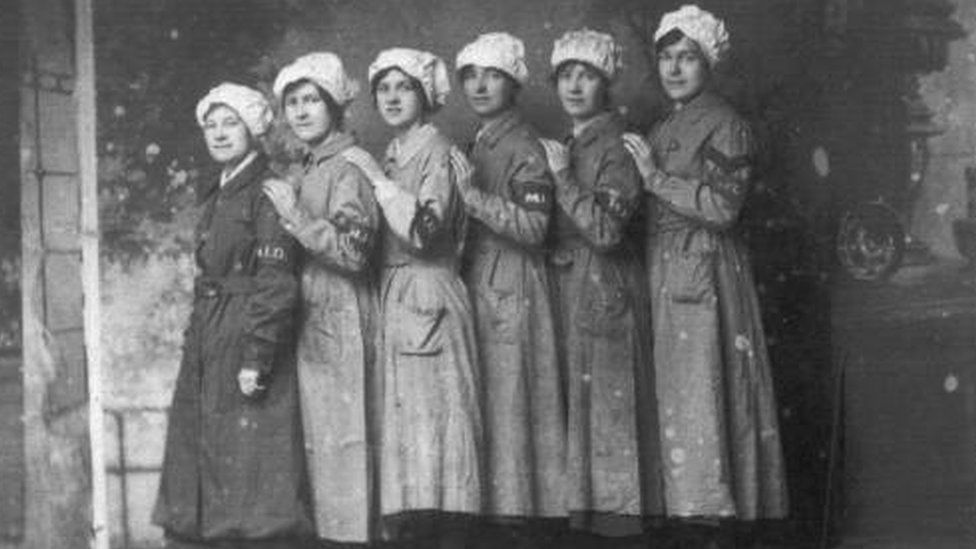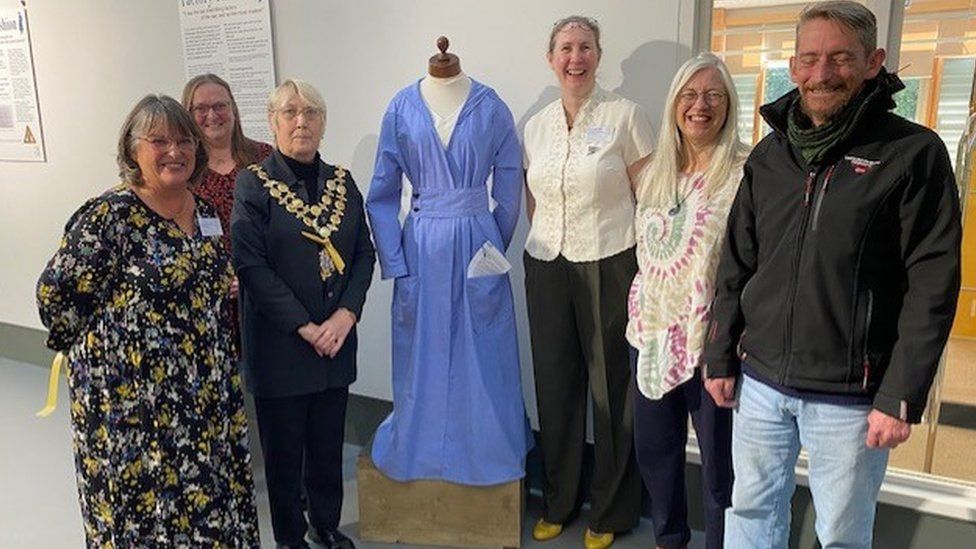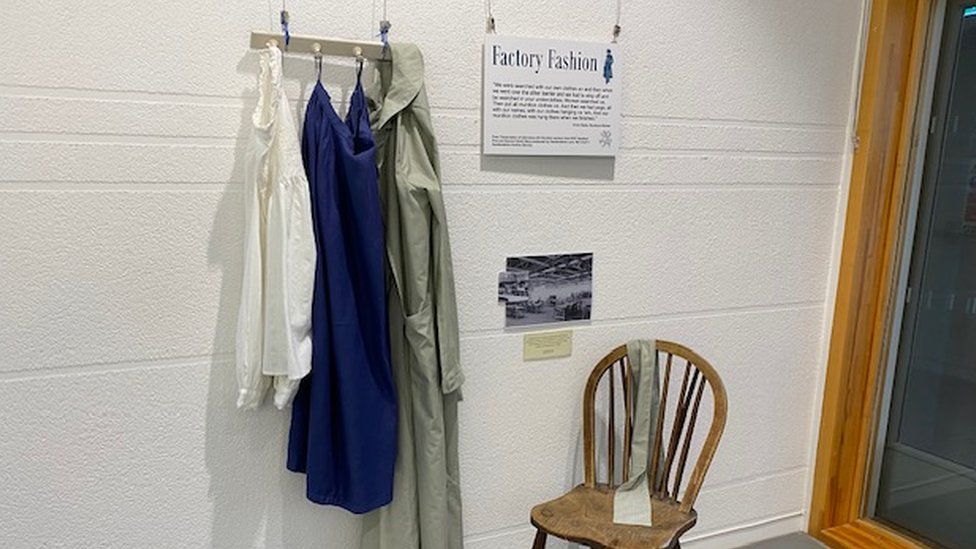Serial-blogging my recent article in the Journal of Free Speech Law
SASHA VOLOKH |
Previous, I blogged the abstract and introduction of my new article, Taxing Nudity: Discriminatory Taxes, Secondary Effects, and Tiers of Scrutiny, which has just been published in the Journal of Free Speech Law. It's based on my work with the Georgia Association of Club Executives v. Riley case, where we challenged a Georgia tax on adult entertainment establishments on First Amendment/free speech grounds.
In this post, I'll give you Part I, "Erotic-Expression Taxes vs. Nudity Taxes", which canvasses the different kinds of taxes in different states. (The article obviously has a lot of footnotes — go to the article itself if you want to see those.)
* * *
I. Erotic-Expression Taxes vs. Nudity Taxes
A. Erotic-Expression Taxes
Several states have adopted taxes targeting adult entertainment businesses. In Georgia, for instance, the Safe Harbor/Rachel's Law Act imposes a tax, equal to $5000 or 1% of gross revenue, whichever is greater, on every "adult entertainment establishment." The covered entities include, among other categories:
any place of business or commercial establishment where alcoholic beverages of any kind are sold, possessed, or consumed wherein . . . [t]he entertainment or activity therein consists of nude or substantially nude persons dancing with or without music or engaged in movements of a sexual nature or movements simulating sexual intercourse, oral copulation, sodomy, or masturbation.
The money collected goes into the Safe Harbor for Sexually Exploited Children Fund, the purpose of which is to provide (among other things) "care, rehabilitative services, residential housing, health services, and social services, including establishing safe houses, to sexually exploited children."
Note a few features of this statute, which are found in some other states' statutes as well. The set of covered businesses is defined in some way that includes nudity (or substantial nudity). The set of covered businesses is further limited to those that serve or allow the consumption of alcohol. And the money collected is to be used to fund (among other things) programs related to sex crimes.
Here are a few other examples:In Texas, the Sexually Oriented Business Fee Act imposes a $5 per-customer fee on each "sexually oriented business"—an entity defined as "a nightclub, bar, restaurant, or similar commercial enterprise that: (A) provides for an audience . . . live nude entertainment or live nude performances; and (B) authorizes on-premises consumption of alcoholic beverages." "The first $25 million collected is to be credited to the sexual assault program fund, and the balance is to be used to provide health benefits coverage premium payment assistance to low-income persons." (This law was upheld by the Texas Supreme Court.)
Between 2018 and 2021, Tennessee imposed a tax on every "[a]dult performance business," defined as "an adult cabaret or other adult-oriented establishment" that "[p]rovides live nude entertainment or live nude performances" and "[p]ermits the consumption of" alcohol. For the terms "adult cabaret" and "adult-oriented establishment," the statute incorporated definitions from two other sections: "adult-oriented establishment" included places with "shows . . . [or] performances that contain acts or depictions of specified sexual activities," and "adult cabaret" included places with "entertainment of an erotic nature." The tax was equal to $2 per customer; the revenues went into the general fund, but, according to the statute, the intent of the legislature was that an equal amount be "allocated to programs for victims of sex trafficking."
I'll refer to such taxes by the general label of "erotic-expression taxes." The ones listed above target not just nudity, and not just eroticism, but particular performative expression—whether referred to generally as "entertainment" or more specifically as "dancing," and possibly also incorporating particular erotic content, for instance "specified sexual activities" or "movements of a sexual nature."
Such statutes require analysis under the First Amendment: nude dancing communicates an erotic message, and is thus expressive conduct. Indeed, when a Supreme Court plurality in Barnes v. Glen Theatre, Inc. upheld a requirement that dancers wear pasties and G-strings, it didn't rely on any theory that nude dancing was non-communicative. Rather, it wrote that such a requirement "does not deprive the dance of whatever erotic message it conveys; it simply makes the message slightly less graphic."
One may argue that nude dancing and similar activities are non-expressive or valueless and are therefore not a matter for the First Amendment, but that view would require a major change in doctrine. That these activities have been characterized as being "within the outer perimeters of the First Amendment," or "within the outer ambit of the First Amendment's protection," is irrelevant: whether outer or inner, the First Amendment still applies. In fact, as I argue below, these taxes not only require First Amendment analysis but also turn out to be unconstitutional: because they turn on what sort of content is presented, they're content-discriminatory and should therefore be analyzed under strict scrutiny—a standard that they fail.
B. Nudity Taxes
Other states have what I'll call "nudity taxes"—the focus is still nudity and/or eroticism, but not necessarily particular expressive activity that conveys an erotic message.For instance, Utah's Sexually Explicit Business and Escort Service Tax "imposes a 10 percent gross receipts tax on businesses whose employees or independent contractors (1) perform services while nude or partially nude for 30 days or more per year, or (2) provide companionship to another individual in exchange for compensation. The revenue generated by the Tax helps fund treatment programs for convicted sex offenders and investigations of internet crimes against children." (This law was upheld by the Utah Supreme Court.)
Illinois' Live Adult Entertainment Facility Surcharge Act imposes a fee, equal to either $3 per customer or a lump-sum amount, on every "[l]ive adult entertainment facility," defined as "a striptease club or other business that serves or permits the consumption of alcohol on its premises, and . . . offers or provides activities . . . that involve nude or partially denuded individuals that, when considered as a whole, appeal primarily to an interest in nudity or sex." Most of the money (except for 2%, which pays for the cost of administering and enforcing the Act) is paid into a "Sexual Assault Services and Prevention Fund."
The distinction between erotic-expression taxes and nudity taxes, while important, isn't necessarily very sharp. The Utah statute seems to fall more on the nudity side, because the nude services covered by the statute include not just dancing but also non-expressive activities like waitressing or massage.
One could say the same of the Illinois statute; activities could "appeal primarily to an interest in nudity or sex" without being expressive. But it's a tougher case: the inclusion of "entertainment" within the defined term, and the listing of "a striptease club" as one of the covered categories, could support an inference, based on standard methods of statutory interpretation, that the definition is meant to primarily cover expressive performances. Moreover, for both of these statutes, we need to look at the government's practice of enforcement to see whether it primarily targets expressive businesses.
Still, for purposes of this Article, the theoretical difference between a tax that targets erotic expression and a tax that targets nudity is significant. The Supreme Court has said that nudity—unlike nude dancing—isn't inherently expressive. A properly phrased and evenhandedly enforced nudity tax would therefore be analyzed under intermediate scrutiny. I argue that such taxes are likely unconstitutional even under this lower standard, but at least on its face the standard seems easier to meet.
C. Tax Exemptions
There are also taxes on erotic dancing that that are embedded within tax exemptions. That is, there's some general tax; there's an exemption from that tax for performances; but the exemption doesn't cover erotic dancing. So erotic dancing, unlike other performances, ends up being covered by the general tax.
For instance, the City of Chicago and Cook County had tax ordinances that taxed amusements, which they amended to provide exemptions for "live theatrical, live musical or other live cultural performances" taking place in small venues. But that category of "live . . . performances" was defined to specifically exclude "performances conducted at adult entertainment cabarets," and such cabarets were defined in terms of whether topless dancers "[d]isplay or simulate the display of 'specified anatomical areas'" or "[e]ngage in, or engage in simulation of, 'specified sexual activities.'" The state of New York, similarly, taxed "place[s] of amusement," exempted "dramatic or musical arts performances," but did not include exotic dancing at an adult "juice bar" in the exemption.
These tax exemptions stand on a different footing than the taxes discussed above, because tax exemptions are subject to a different First Amendment regime than taxes. Even when a tax exemption is content-based, the Supreme Court has conceptualized tax exemptions as subsidies, and "the government can make content-based distinctions when it subsidizes speech."
Perhaps this distinction between discriminatory taxes and discriminatory tax exemptions doesn't make sense, but it's longstanding blackletter law. Perhaps it ought to be questioned, but that's beyond the scope of this Article. So I'll just note that these content-discriminatory tax exemptions exist and have been assumed to be constitutional. If tax exemptions were judged on the same basis as actual taxes, they would be subject to all the arguments I make in the rest of this Article; but I won't mention them any further.
Mostly law professors | Sometimes contrarian | Often libertarian | Always independent











